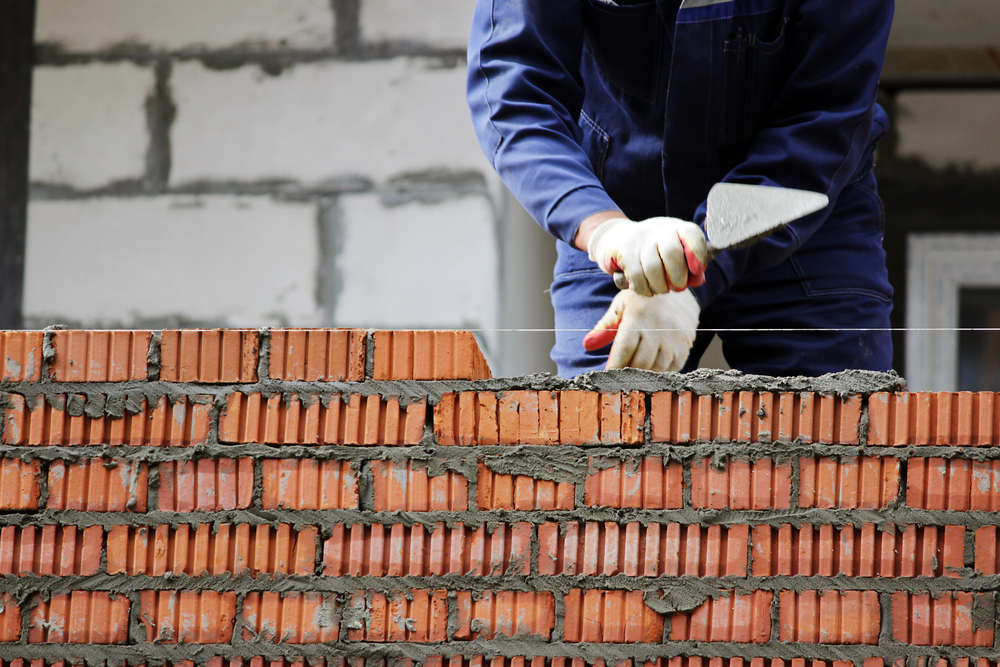
It said new work remained flat in the month, while repair and maintenance activity fell 0.6%.
Construction output in August was 1.5% below its pre-pandemic level last February.
A broader look at the three months to August measure shows that construction fell by 1.2%, the first three-monthly fall since last July. This was driven by a 4.7% fall in repair and maintenance work.
The survey reported anecdotal evidence of “rising prices of raw materials such as steel, concrete, timber and glass, along with the difficulty in sourcing these materials for jobs was a contributing factor to the monthly fall. This has been a continued factor from anecdotal evidence obtained in previous months.”
McBains managing director Clive Docwra says: “Today’s figures are proof that the construction sector is in a downward spiral, as this is the fifth successive monthly fall in output.
“New work remains flat in due in large part to a continuing shortage of essential products such as steel, concrete and timber. Steel prices in particular are now almost 75% higher than they were in August 2020.
“The outlook over the remainder of the year looks ominous too. The triple whammy of continuing supply chain issues, together with a lack of HGV drivers to deliver the materials that are available, means some developments are being delayed, and the fuel and energy crisis is also likely to add to project costs.
“Skills shortages are also a concern, so the government should grant an exemption allowing skilled foreign construction workers to apply for work visas, as they did to address the shortage of HGV drivers.”
Beard finance director Fraser Johns adds: “A lot has been made of the supply chain issues and subsequent price rises and rightly so. Client confidence has certainly been impacted, with inflationary price pressures and supply shortages at the root of hesitancy to green-light projects in the current environment.
“After the sharp recovery in the past year, the industry needs to pull together to ensure this doesn’t become a long-term decline. To overcome it, contractors must be proactive, and regular collaboration with suppliers is fundamental to all projects.
“Multi-step procurement processes may become the norm, and this should help absorb the extended lead-in times for certain materials, and mitigate the risk of disruption to projects on the ground.
“Even with these precautions in place, it looks like the road to recovery will be a difficult one until the industry can solve the shortages issue.”
Assetz Group chief executive Stuart Law says: “The current environment does present some opportunities for forward-thinking developers. With the price of energy set to soar for consumers over the winter and beyond, the need for more energy-efficient homes has never been more clear or urgent.
“As prices rise, energy efficiency will become a much more prevalent concern for homeowners, creating opportunities for specialist, small and medium-sized enterprises housebuilders who are leading the way in terms of innovative, factory-built eco homes.
“As demand for these types of homes increases, they will make an even more meaningful contribution to the national construction output.”



